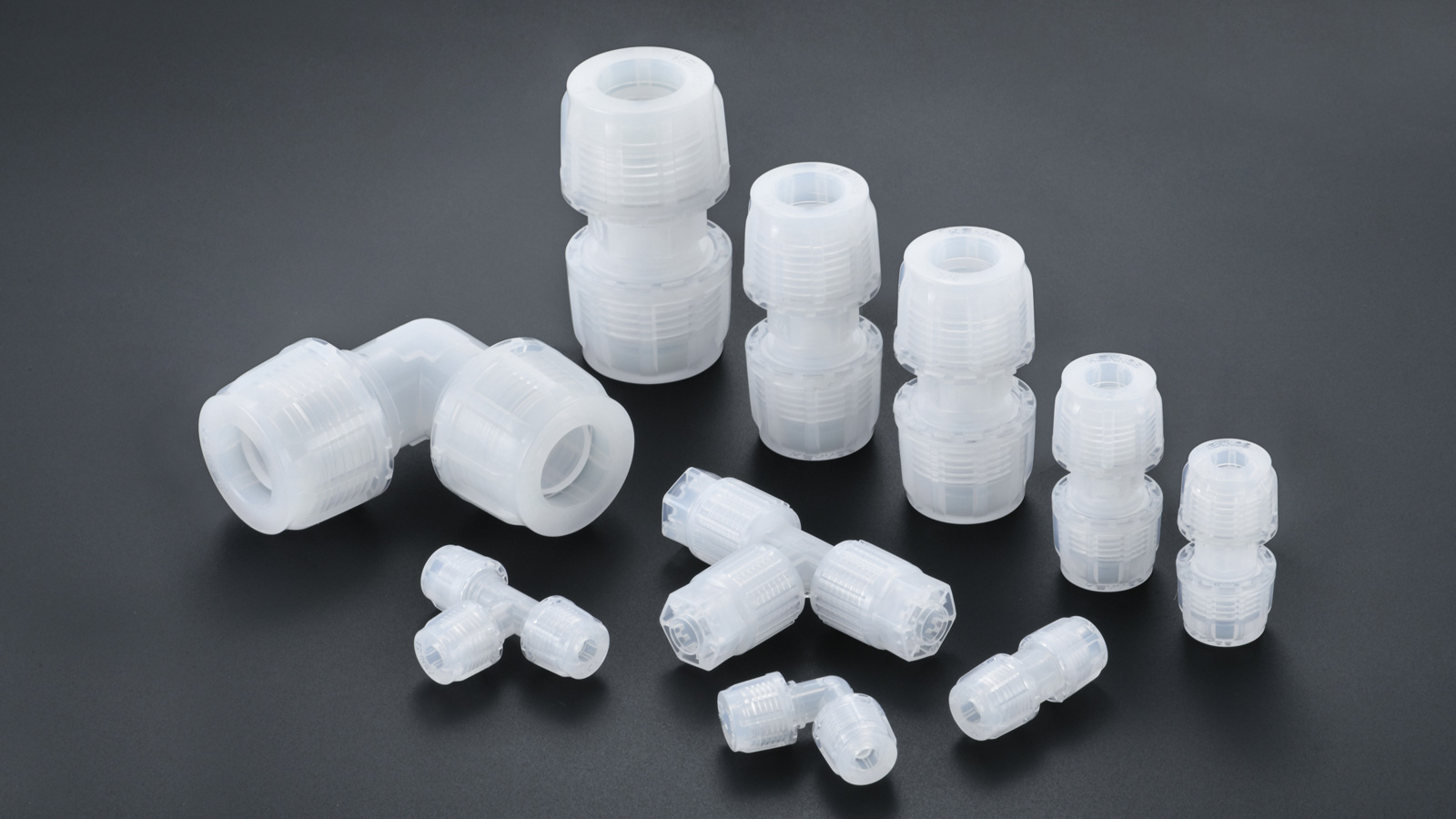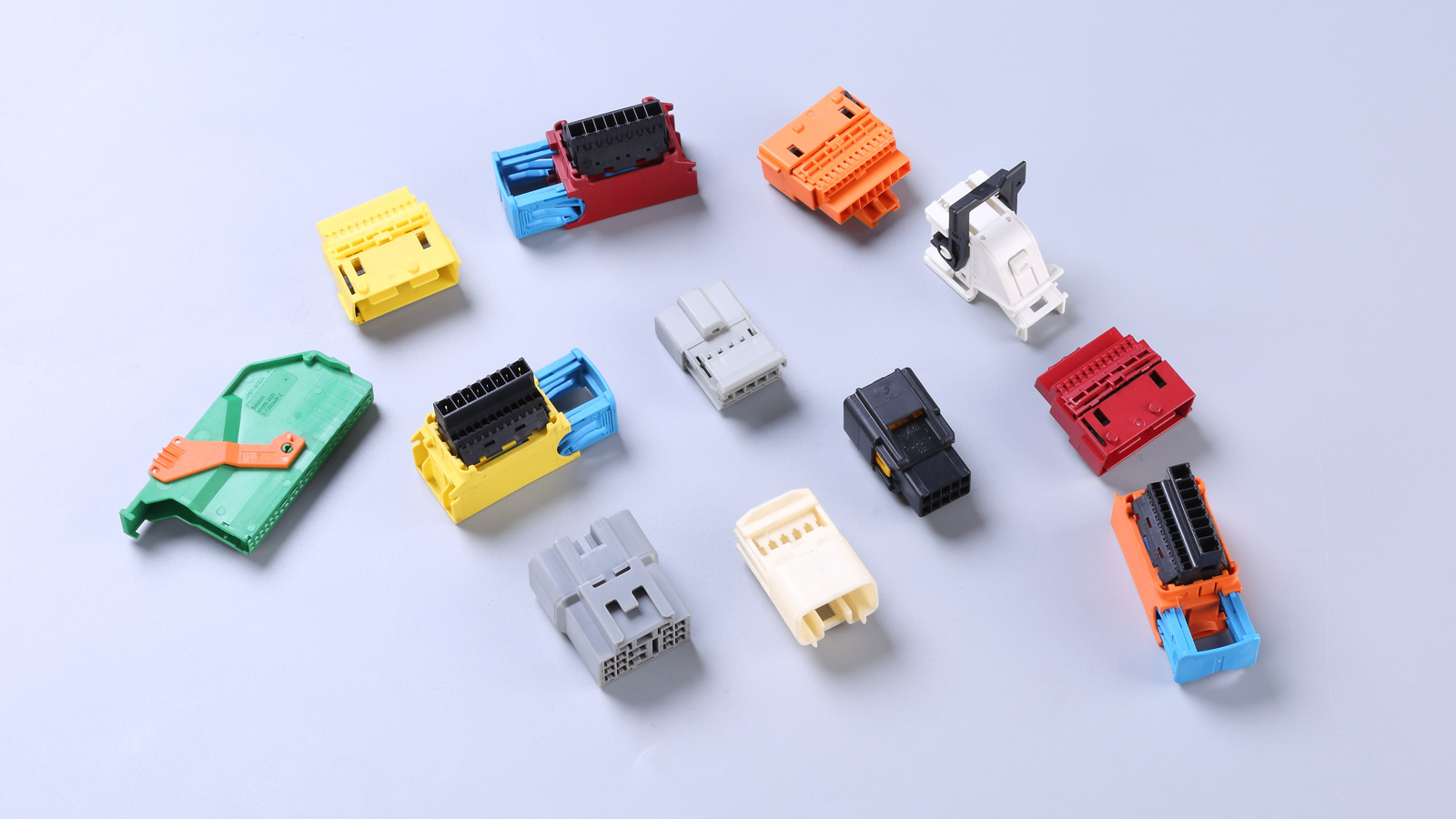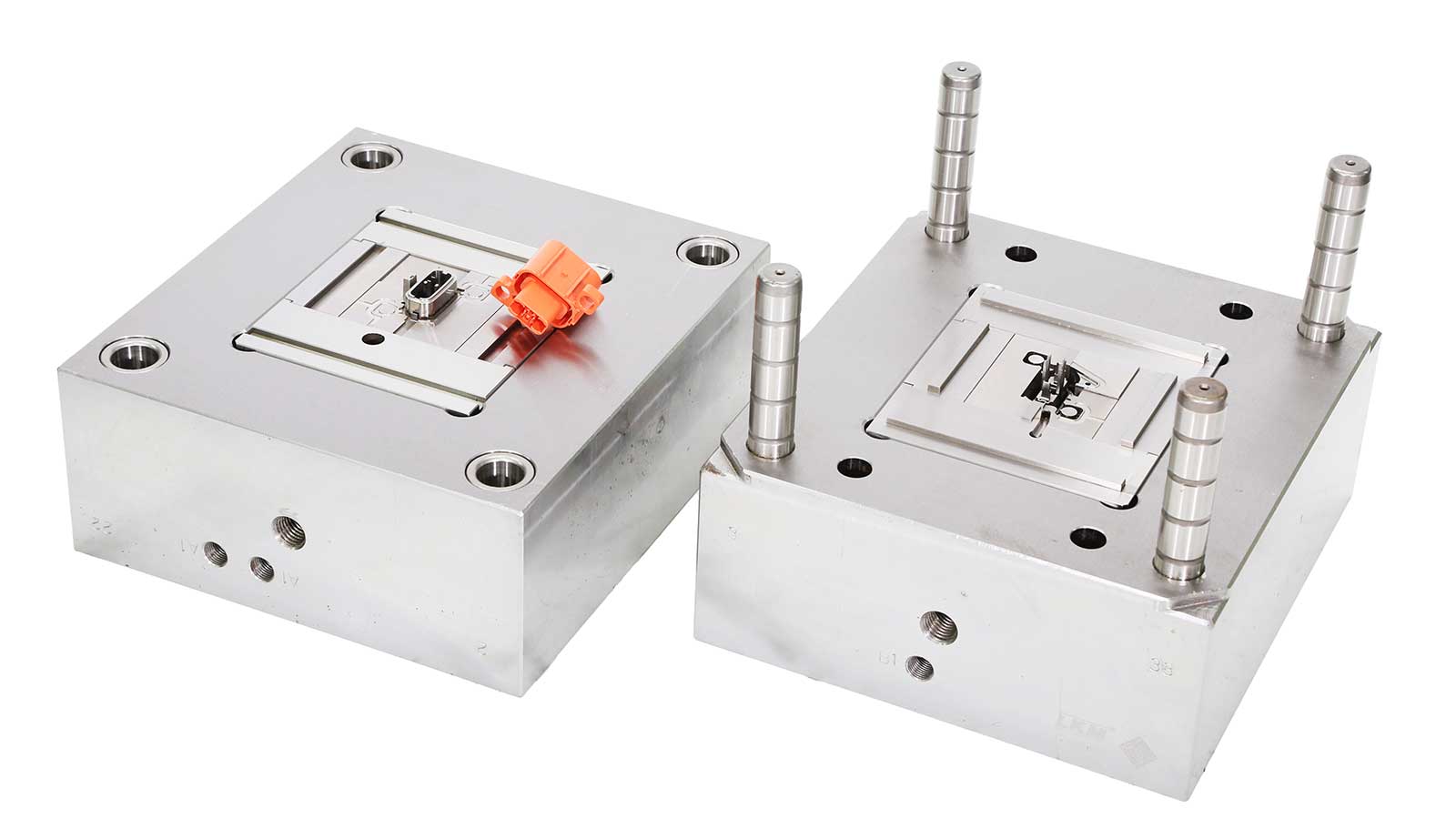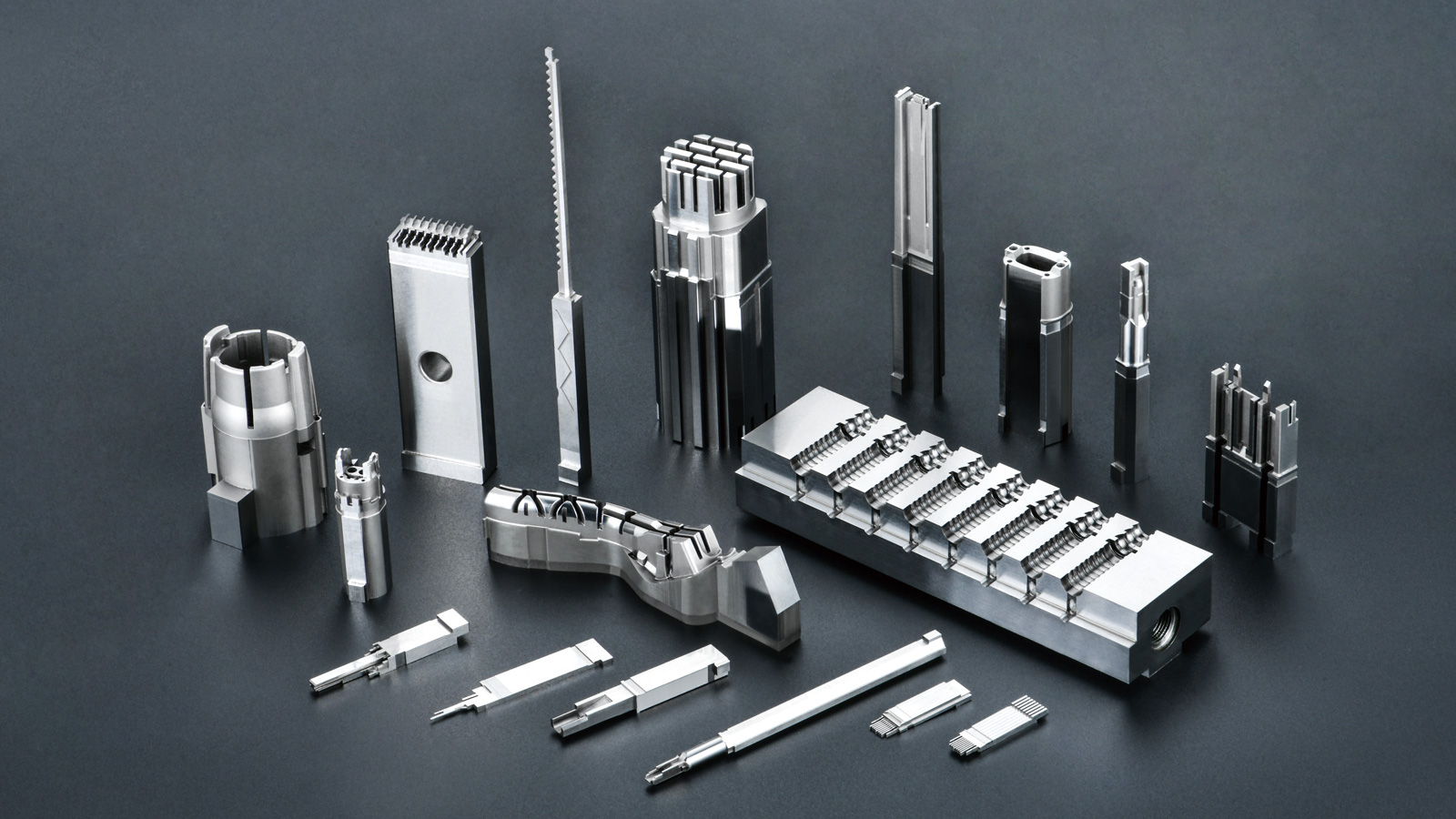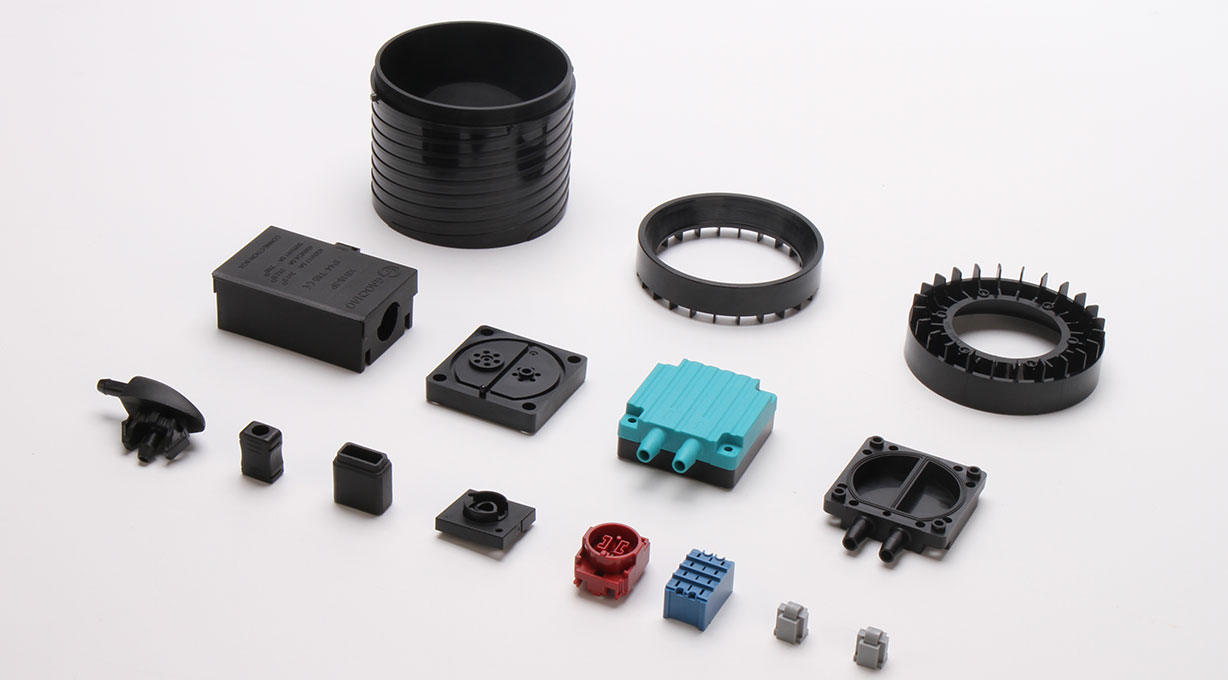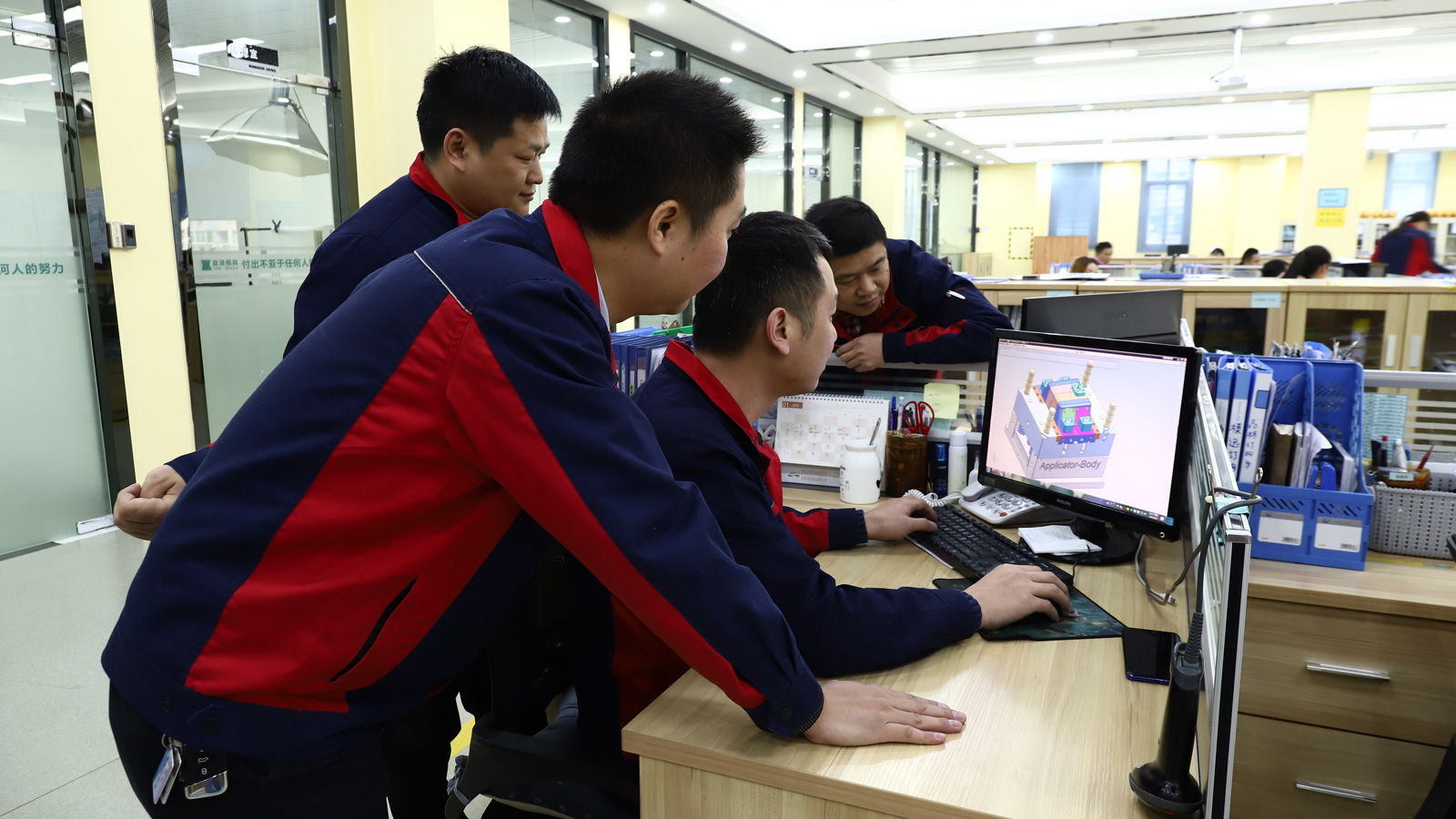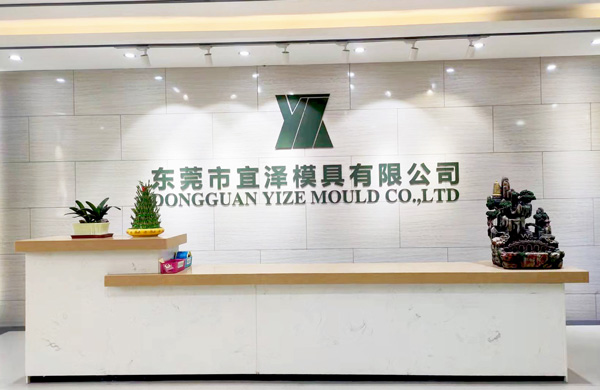In the field of plastic injection molding, the appearance of bubbles in products is a problem that cannot be ignored. It directly affects the appearance quality and mechanical properties of the products. So, what exactly causes bubbles in plastic injection molding products? This article will conduct an in-depth analysis from two aspects.
1. Bubbles caused by the presence of moisture
Cause analysis: The dryness of plastic materials is one of the key factors in the generation of bubbles. If the plastic material is not dried sufficiently, it is easy to cause hydrolysis reaction, thus generating bubbles during the injection molding process.
Solution: In order to ensure the dryness of the plastic material, pre-drying treatment should be fully carried out, and strict attention should be paid to the insulation management of the hopper to prevent moisture intrusion, thereby effectively avoiding the generation of bubbles.
2. The generation and cause of vacuum bubbles
Vacuum bubbles are another common type of bubbles in plastic injection molding products. The main reasons for their generation are as follows:
Rapid freezing of thick wall material flow: During the injection molding process, if the thick wall material flow freezes quickly, the shrinkage will be hindered, and the mold filling will be insufficient, thus generating some vacuum bubbles.
Improper setting of injection mold temperature: The temperature of the mold directly affects the fluidity and cooling speed of the plastic material. Improper setting can easily lead to the formation of vacuum bubbles.
Improper barrel temperature: The temperature of the barrel also affects the melting and injection quality of the plastic material. Improper temperature may cause vacuum bubbles.
Insufficient injection pressure and holding pressure: Injection pressure and holding pressure are important factors to ensure that the plastic material fully fills the mold. If the pressure is insufficient, it is easy to cause vacuum bubbles.
-
Injection workshop
Solution strategy:
1. Optimize the design of plastic products: avoid designing uneven wall thickness structures to reduce the possibility of rapid freezing of the thick wall material flow.
2. Correct the gate position: inject the flow material vertically into the thick wall to improve the material flow filling.
3. Increase the temperature of the plastic injection mold: appropriately increase the mold temperature to enhance the fluidity and cooling uniformity of the plastic material.
4. Reduce the barrel temperature: according to the characteristics of the plastic material, reasonably adjust the barrel temperature to ensure the melting quality of the plastic material.
5. Increase the injection pressure and holding pressure: ensure that the plastic material can fully fill the mold during the injection molding process and reduce the generation of vacuum bubbles.
In summary, the reasons for the appearance of bubbles in plastic injection molding products mainly include two types: bubbles caused by the presence of water and vacuum bubbles. By deeply analyzing the reasons and taking corresponding solutions, the generation of bubbles can be effectively avoided and the quality of plastic injection molding products can be improved.

